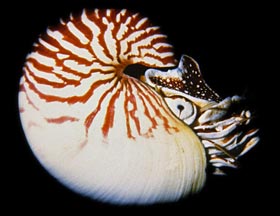Now that my little one is getting to the age where she’s off on fun excursions with daycare (today she went to the National Zoo!), I started having nightmares she might ask her father and I to take her to the circus. I haven’t been to the circus since I was 6 and am not even certain if they still have them or that I want to take her. I do love the idea of taking her to Cirque Du Soleil to enjoy the music and dancing, though.
Then I started to daydream … “What if I could take her to a circus of the sea“? So, here is my representation of “Cirque Du Baille” featuring the spinner dolphin as the amazing acrobat, the clownfish as everyone’s favorite (or creepy) jokster, the dumbo octopus as the ideal replacement for the elephant, and once the lionfish figures out a way to get those tentacles through hoops he’ll take down the big top.










What people are saying …